More About Mid-Autumn Festival
The Origin of Mid-Autumn Festival
The origin story of the Mid-Autumn Festival has various versions, but the most well-known one is the legend of Hou Yi and Chang'e. According to legend, in ancient times, there were ten suns in the sky at the same time, causing great distress to the people. In order to eliminate this calamity, Hou Yi shot down nine of the suns with his bow and arrow and was rewarded with the elixir of immortality. However, Hou Yi's disciple attempted to steal the elixir, and in a moment of crisis, his wife, Chang'e, swallowed the elixir. Immediately, she became light as a feather and flew up to the moon.
When people learned about Chang'e ascending to the moon and becoming an immortal, they began to pray under the moon to the benevolent Chang'e for auspiciousness and peace. From then on, Chang'e became the Moon Goddess and resided in the heavens with the Jade Rabbit. Thus, the custom of worshiping the moon during the Mid-Autumn Festival spread among the people. Even to this day, people still try to spot the images of Chang'e and the Jade Rabbit in the full moon while appreciating it.
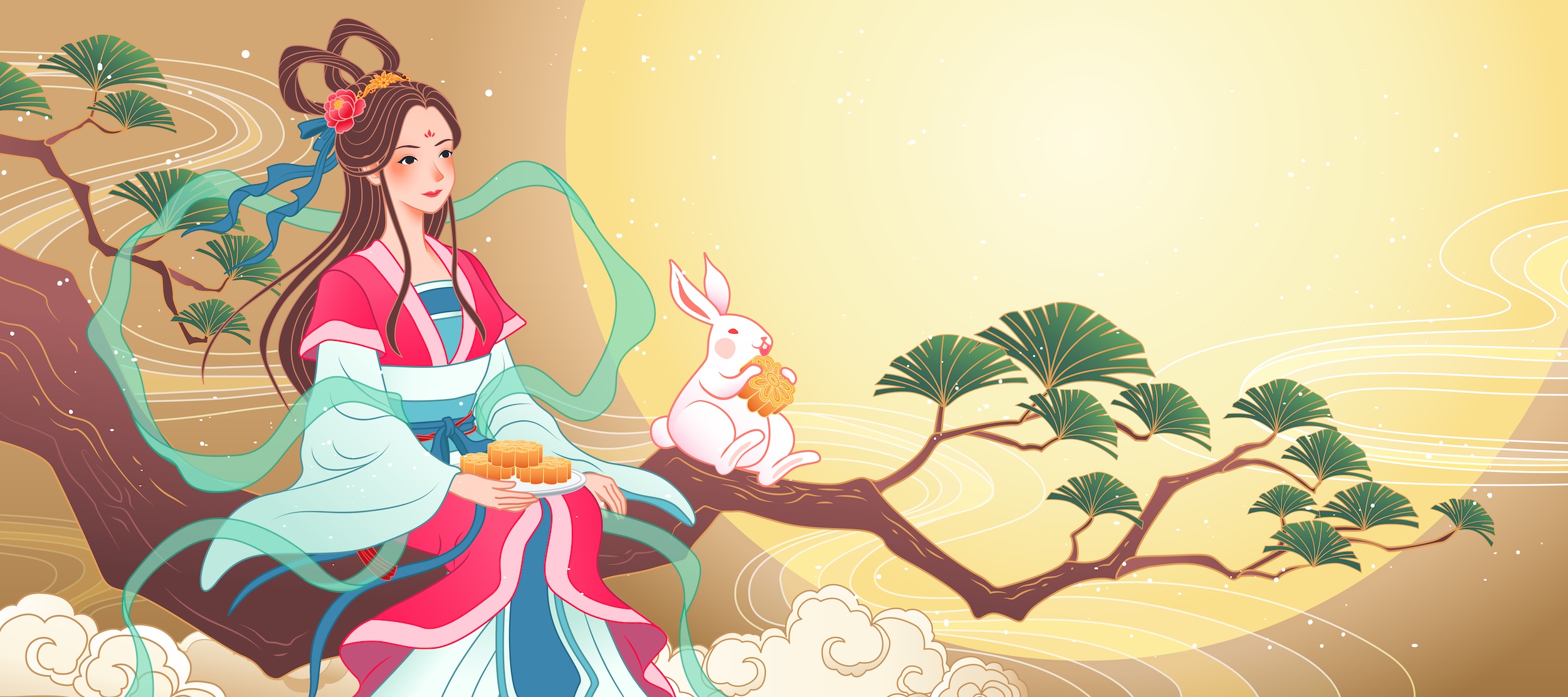
Food of Mid-Autumn Festival
The tradition of eating mooncakes during the Mid-Autumn Festival originates from traditional Chinese culture and can be traced back several hundred years. The most common explanation about the origin of this custom is:
According to legend, the founder of the Ming Dynasty, wanted to overthrow Mongol rule and sought the advice of Liu Bowen, his top strategist. They devised a plan to spread rumors of a plague and encouraged people to buy mooncakes to avoid the spread of the disease. When people cut the mooncake, they would find hidden messages inside it that read "Uprising on the night of the fifteenth day of the eighth lunar month." This allowed the resistance forces to gather and eventually succeed in overthrowing the Yuan Dynasty. It is from this story that the custom of eating mooncakes on the fifteenth day of the eighth lunar month, known as the Mid-Autumn Festival, gradually emerged.
Over time, the association between mooncakes and the full moon became stronger. They have become a significant symbol of family reunion and blessings during the Mid-Autumn Festival. Every year, people gather, share mooncakes, and admire the bright moon, symbolizing family togetherness and prayers for good fortune. Mooncakes have also become a traditional gift during the Mid-Autumn Festival, with people exchanging them as a way to express blessings and sentiments.
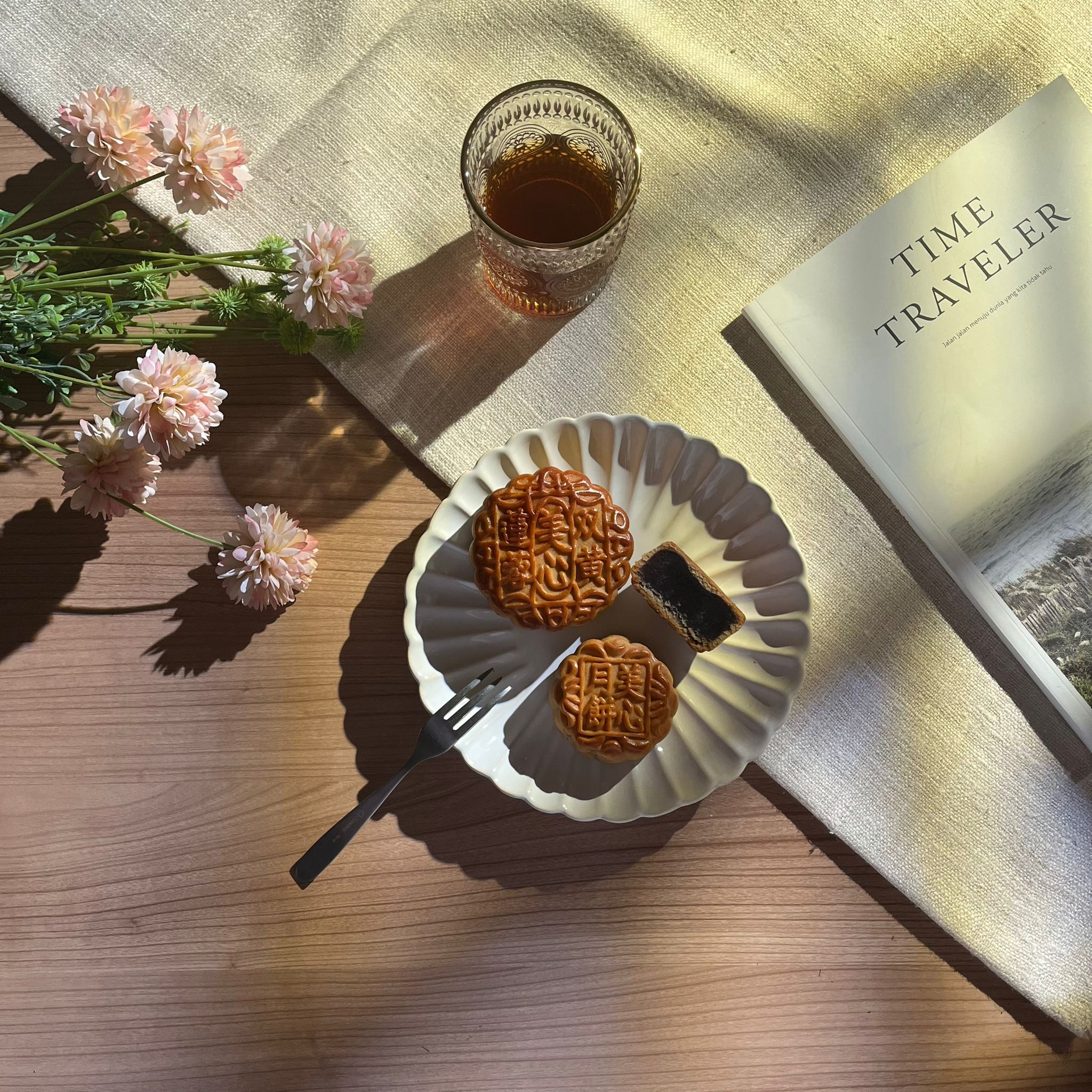
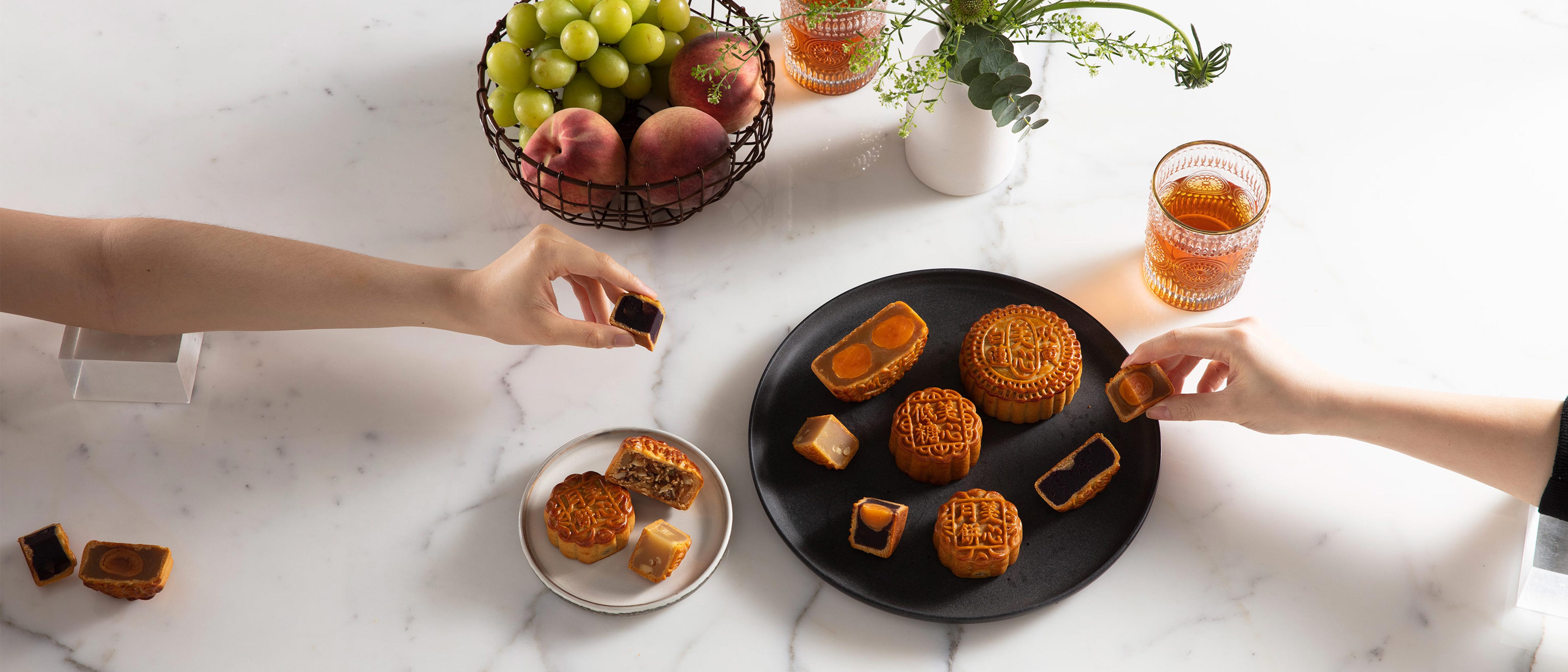
Pomelo and Star fruit hold symbolic significance in the Mid-Autumn Festival. Pomelo round shape resembles the moon, aligning with the moon theme of the festival. The yellow skin of the pomelo also symbolizes abundance and prosperity. During the Mid-Autumn Festival celebration, families gather together to enjoy food, admire the moon, and exchange gifts. Pomelo is often featured as one of the special foods during the festival.
Star fruit ripens during the season of the Mid-Autumn Festival and it is considered a symbol of completeness and happiness because its shape resembles the star. It is usually consumed together with pomelo, which resembles the moon. Eating both starfruit and pomelo together signifies the desire for family reunion, happiness, and harmonious relationships. Therefore, the tradition of consuming star fruit during the Mid-Autumn Festival has become a customary practice. People use it to pray for good luck and blessings while adding to the festive and joyful atmosphere of the holiday.
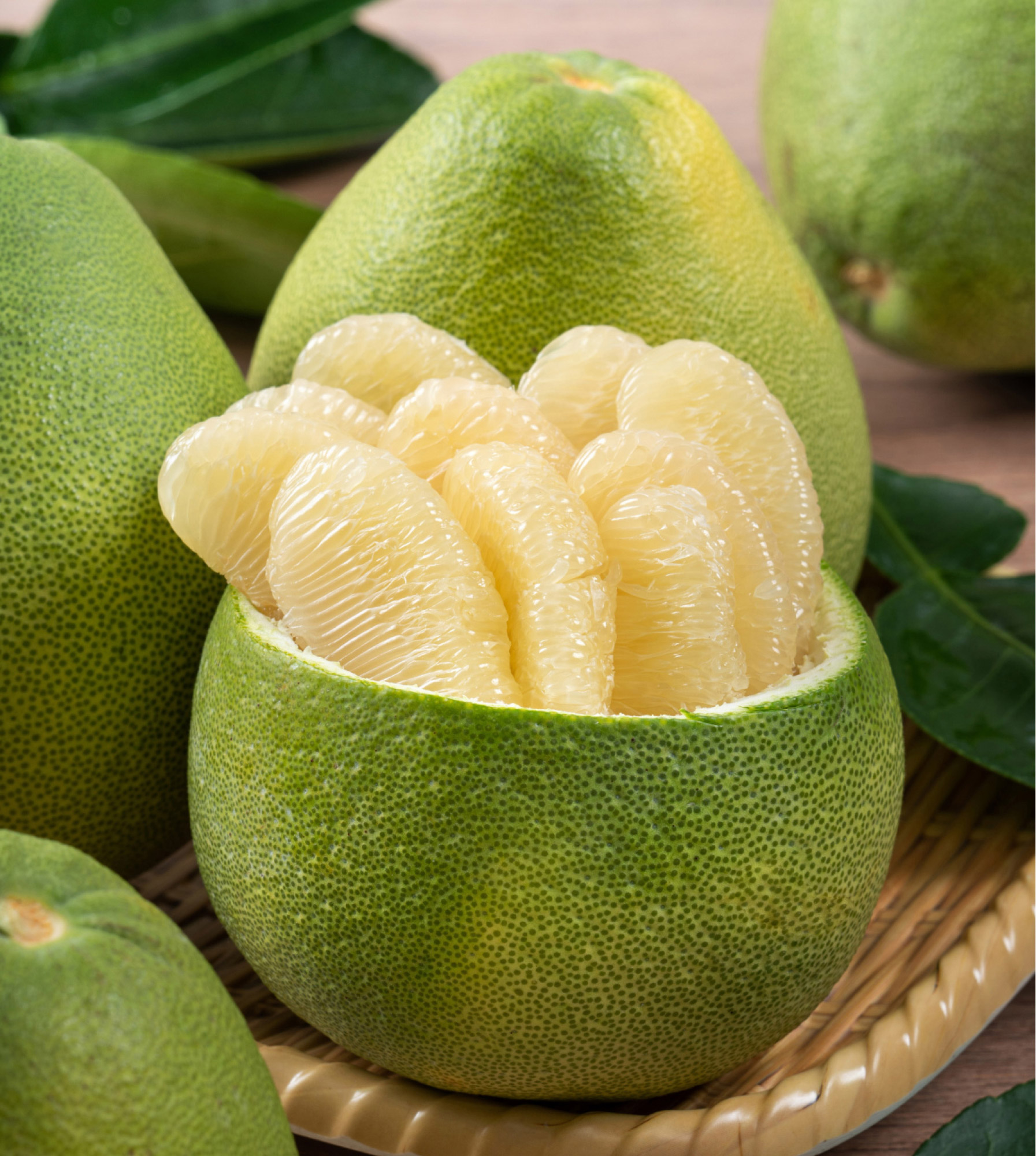
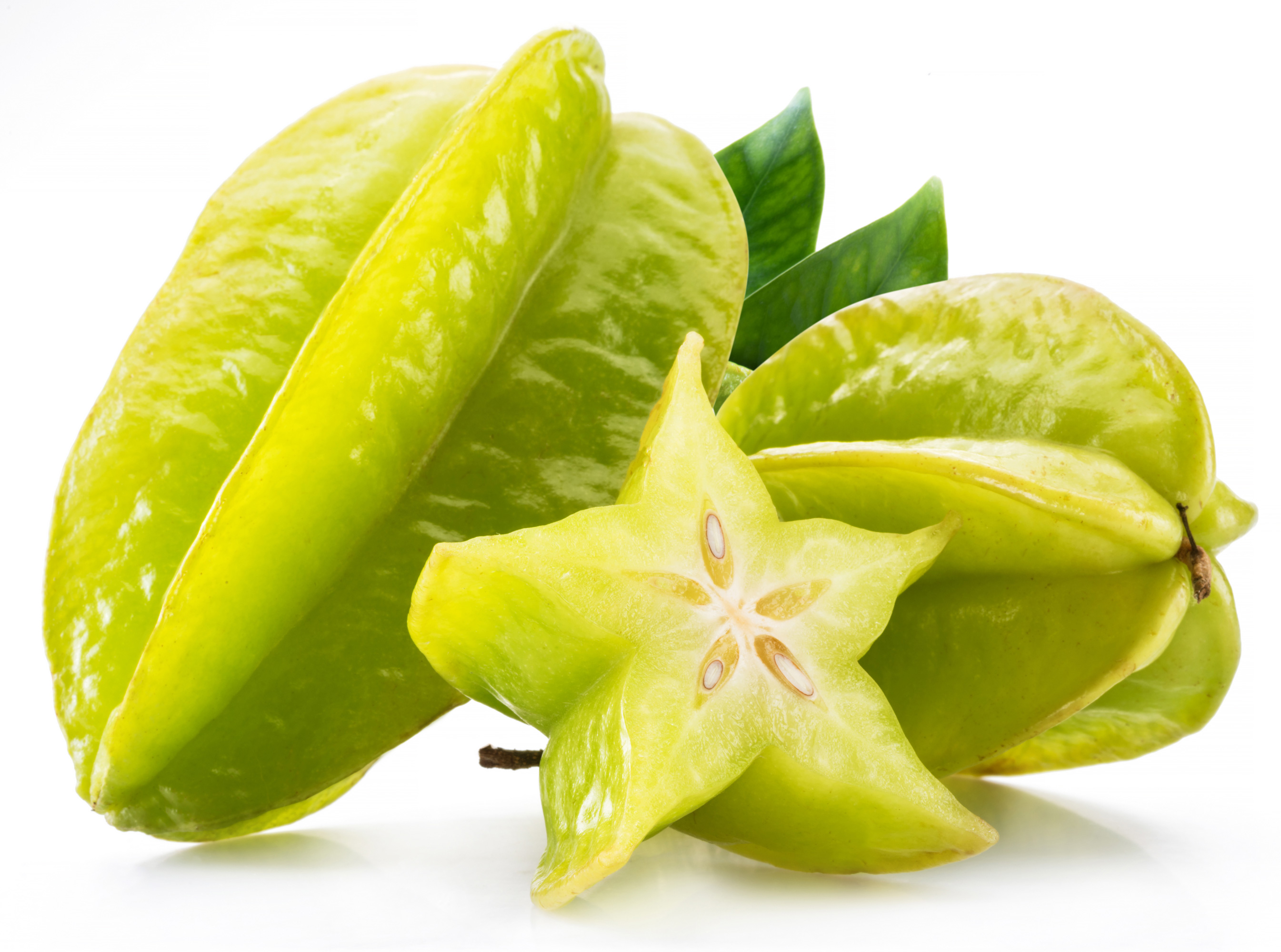
Decorations celebrating Mid-Autumn Festival
The Chinese lantern culture originated in China during the Western Han Dynasty was initially associated with the Lantern Festival, aimed at enhancing the festive atmosphere. Historical records suggest that the tradition of watching lanterns during the Lantern Festival dates back to the early years of the Han Dynasty. During the reign of Emperor Wu of Han, elaborate flower lanterns were created in the palace to celebrate the peace and prosperity of the nation. The flickering light of these lanterns symbolized a flourishing country. Over time, this custom gained popularity among the people.
When it comes to Tang Dynasty, due to Emperor Taizong's fondness for lantern culture, he encouraged people to carry lanterns during the Mid-Autumn Festival. It was during the reign of Emperor Taizong of the Tang Dynasty that the practice of carrying lanterns during the Mid-Autumn Festival began. Eventually, lanterns became intertwined with the worship of the moon and the sense of family reunion associated with the festival. They became an indispensable and significant custom of the Mid-Autumn Festival, reflecting the Chinese people's yearning for light, hope, and happiness.
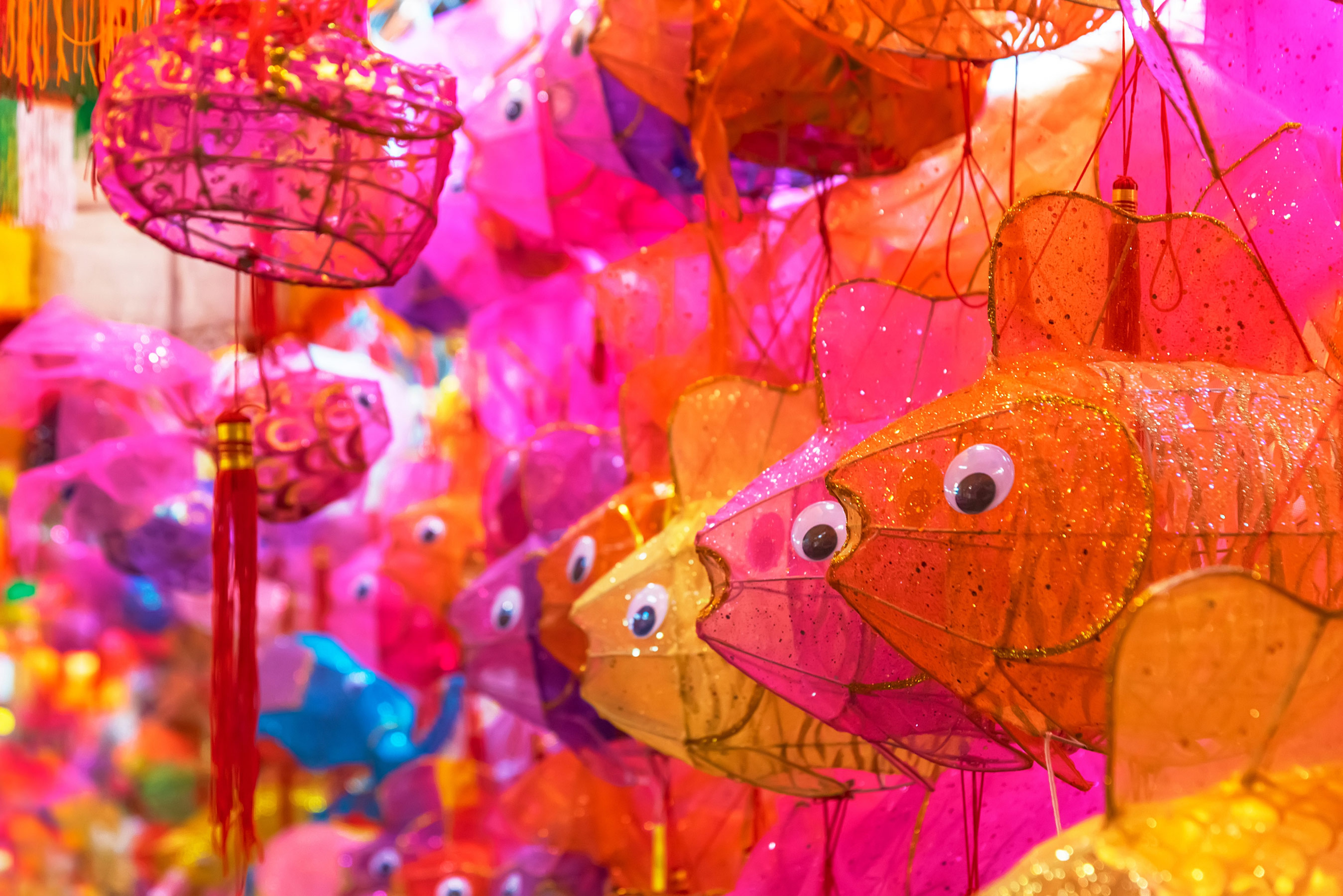
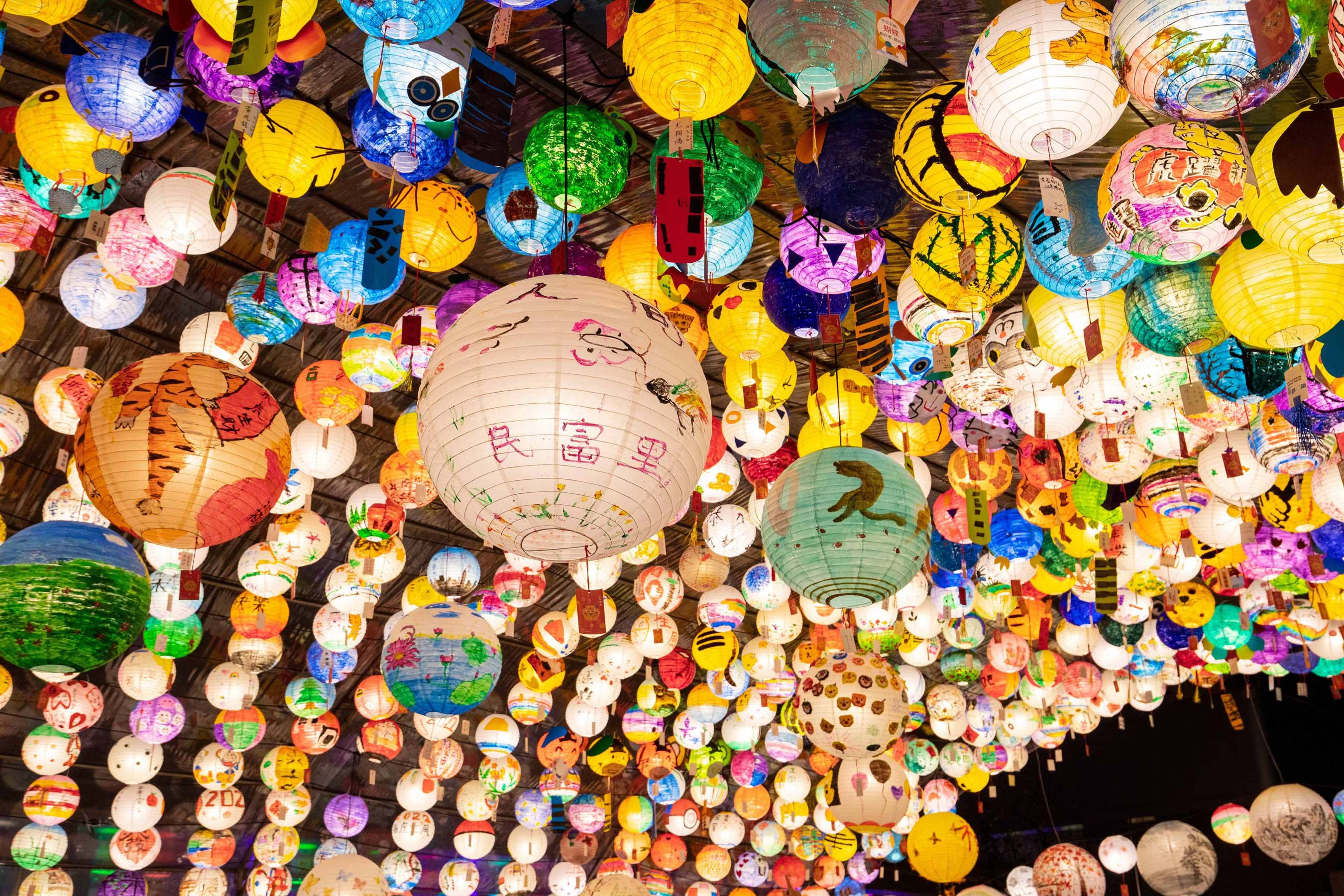
Why is the moon full during Mid-Autumn Festival?
The moon appears particularly round on the 15th day of each lunar month because it goes through a monthly cycle of motion and reaches a position where the moon, Earth, and the sun are aligned. During this phase, the sunlight directly illuminates the entire front side of the moon, causing it to reflect light and appear round and bright.

The Mid-Autumn Festival happens to fall on the 15th day of the eighth lunar month each year. As a result, the moon is usually full during this festival. This is also an important element of the Mid-Autumn Festival celebration, where people gather to appreciate the beautiful sight of the full moon together, expressing feelings of reunion and well-wishes.